Sichuan Spice: 7 Mind-Blowing Secrets to Mastering the Art of Tingling Heat
Table of Contents
- Introduction
- The Roots of Sichuanese Spice Culture
- The Five Flavor Paradigm: What Makes Sichuanese Cuisine Unique
- Top 7 Sichuan Spices Every Kitchen Should Have
- Pro Tips for Cooking with Sichuan Peppercorns
- Spice Comparison Table: Sichuan Peppercorn vs. Others
- Debunking Myths About Numbing Spice
- Conclusion
Introduction
When you hear “spicy,” what’s the first thing that comes to mind? Chili heat, right? But in the land of Sichuan, spice isn’t just about fire—it’s about tingle. Welcome to the world of Sichuanese spice, where the star ingredient is not a chili pepper, but rather a tiny, bark-like pod that makes your lips go numb and your brain scream, “What is happening?!”
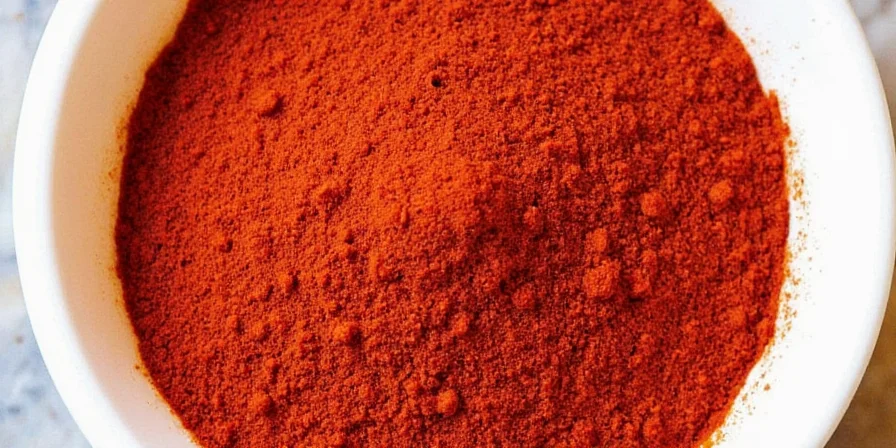
The Roots of Sichuanese Spice Culture
Long before globalization turned spices into supermarket commodities, Sichuan had already been cultivating its own spice legacy for thousands of years. The region's humid climate led locals to seek ingredients that could stimulate appetite and warm the body—enter Huajiao, or Chinese prickly ash (aka Sichuan peppercorn).
Historical records from the Han Dynasty show that these numbing pods were not only culinary tools but also medicinal powerhouses. They were believed to aid digestion and ward off dampness, which made them ideal for the misty valleys of Sichuan.
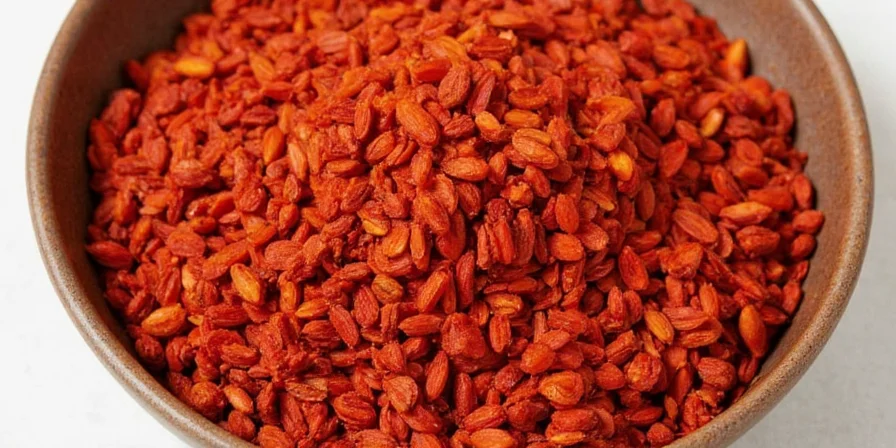
The Five Flavor Paradigm: What Makes Sichuanese Cuisine Unique
If there’s one phrase that defines Sichuanese cuisine, it’s this: “Yi Ge Bu Neng Shao” – literally, “you can’t skip any one.” This refers to the five core flavors that every true Sichuan dish must balance:
- La (辣): Spiciness – From chilies and chili oil
- Ma (麻): Numbness – From Sichuan peppercorns
- Xian (鲜): Freshness – From broths, seafood, or umami-rich seasonings
- Xiang (香): Aroma – From toasted spices, garlic, ginger, and scallions
- Chou (臭): Pungency or funkiness – From fermented tofu or stinky tofu
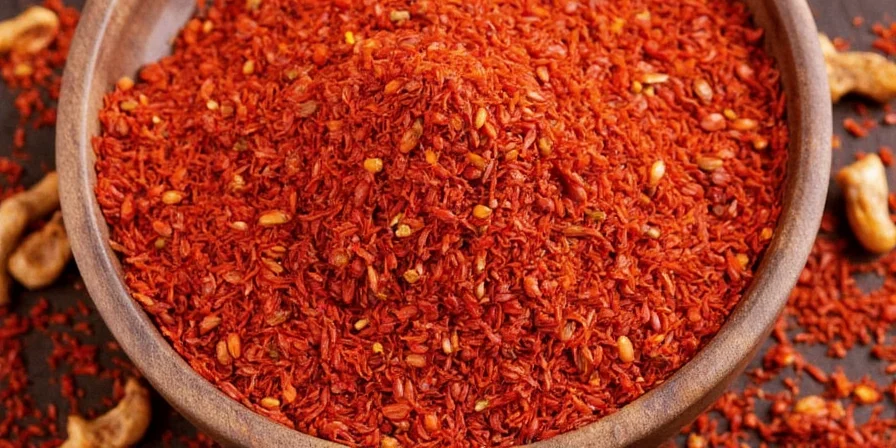
Top 7 Sichuan Spices Every Kitchen Should Have
Ready to bring some Sichuan swagger into your kitchen? Here are the top seven spices that will transform your meals into tingling masterpieces:
- Sichuan Peppercorns – The holy grail. Look for red, plump pods without seeds (the seeds are bitter!).
- Dried Chilies – Use Er Jing Tiao for authentic flavor and moderate heat.
- Chili Bean Paste (Doubanjiang) – Fermented broad bean and chili paste. The soul of Mapo Tofu.
- Star Anise – Adds licorice-like warmth to braises and hot pot broths.
- Cinnamon Stick – Not just for apple pie! Essential in many Sichuan braised dishes.
- Fennel Seeds – For aromatic depth in meat dishes and soups.
- Black Cardamom – Smoky, intense, and essential for complex spice blends like “Five-Spice Powder.”
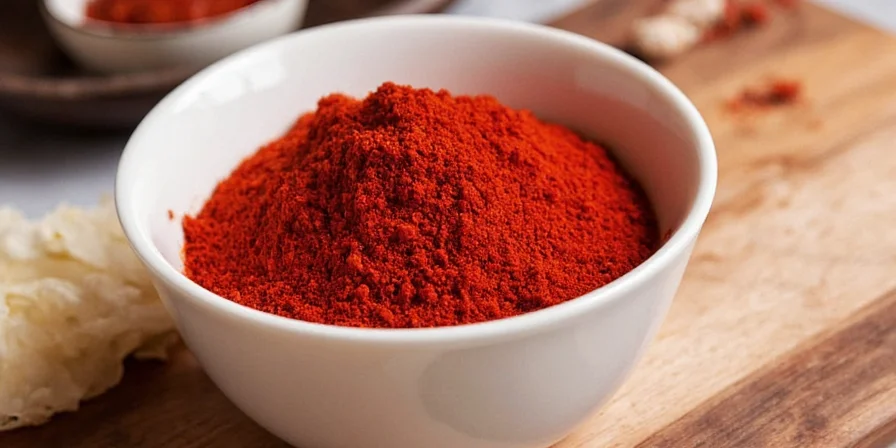
Pro Tips for Cooking with Sichuan Peppercorns
Cooking with Sichuan peppercorns isn’t as simple as throwing them into the wok. Here are some insider tricks to get the most out of that famous tingle:
- Toasting = Everything: Always toast whole peppercorns before grinding. This unlocks their floral, citrusy aroma and reduces bitterness.
- Avoid Overdoing It: Remember, Sichuan peppercorns aren’t spicy—they’re numbing. Too much can make your tongue feel like it’s on mute.
- Grind Just Before Use: Ground Sichuan pepper loses potency quickly. Grind only what you need using a mortar and pestle or spice grinder.
- Oil Infusions Rule: Make a ma-la oil by infusing toasted peppercorns and dried chilies in oil. Use it to finish noodles, dumplings, or rice bowls.
- Beware the Seed!: Sichuan peppercorn seeds are bitter. If you're grinding them, sift after grinding or use pre-sifted powder.

Spice Comparison Table: Sichuan Peppercorn vs. Others
| Spice | Heat Level (SHU) | Unique Sensation | Main Use | Taste Profile |
|---|---|---|---|---|
| Sichuan Peppercorn | 10,000 SHU | Numbness | Stir-fries, hot pot, marinades | Floral, citrusy, woody |
| Ghost Pepper | 1,000,000+ SHU | Intense burning | Hot sauces, extreme dishes | Smoky, fruity, fiery |
| Jalapeño | 2,500–8,000 SHU | Mild bite | Salsas, fillings, nachos | Grassy, crisp, earthy |
| Black Pepper | 30,000 SHU | Sharp pungency | All-purpose seasoning | Woody, spicy, slightly floral |
Debunking Myths About Numbing Spice
You might have heard some wild claims about Sichuan peppercorns. Let’s separate fact from fiction:
- Myth: Sichuan peppercorns contain actual pepper.
Fact: Nope! They’re not related to black pepper at all. They come from the Zanthoxylum plant family. - Myth: They’re addictive.
Fact: Some say yes—because the tingling effect releases endorphins. But no scientific proof of physical addiction yet. - Myth: Only used in hot pot.
Fact: Totally false! Sichuan peppercorns appear in desserts, teas, dressings, and even cocktails. - Myth: All Sichuan food is crazy spicy.
Fact: Many traditional dishes focus more on fragrance, sweetness, or sourness than pure heat.
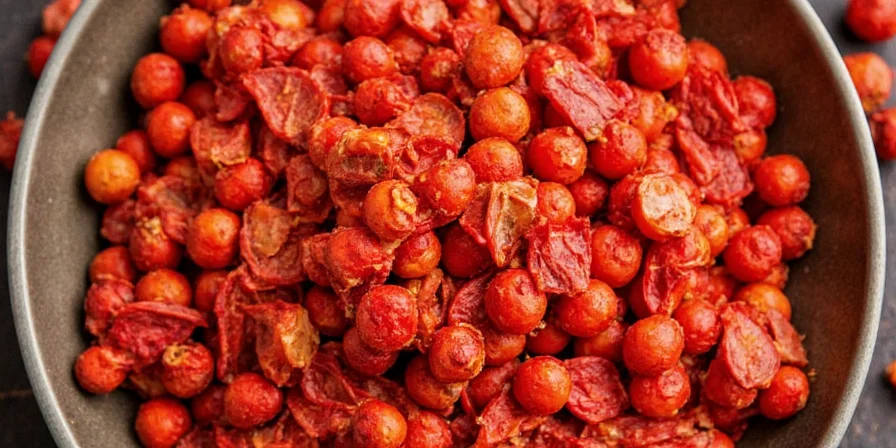
Conclusion
Mastering Sichuanese spice isn’t just about turning up the heat—it’s about balancing texture, sensation, and flavor in a way that awakens every part of your palate. Whether you’re tossing together a quick stir-fry or slow-braising a classic dish, remember: the best Sichuan cooking tells a story with each bite, full of drama, contrast, and that unmistakable tingling finale.
So go ahead—embrace the tingle, respect the spice, and let your kitchen channel the spirit of Sichuan. Who knows, your taste buds might thank you… once they regain feeling.
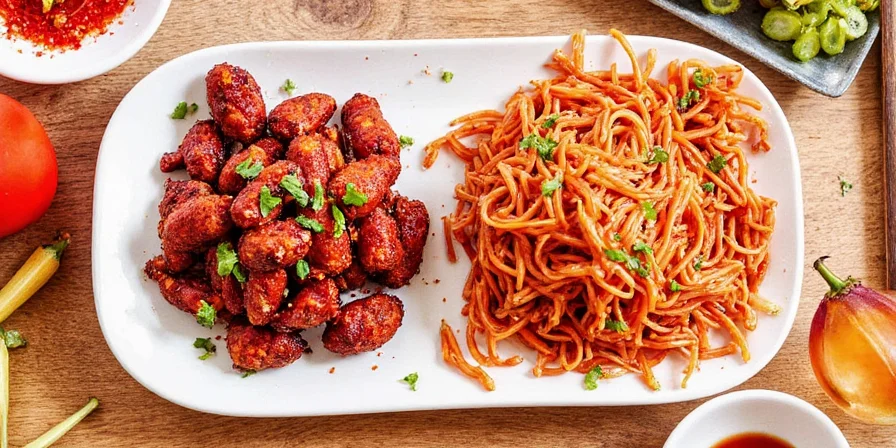

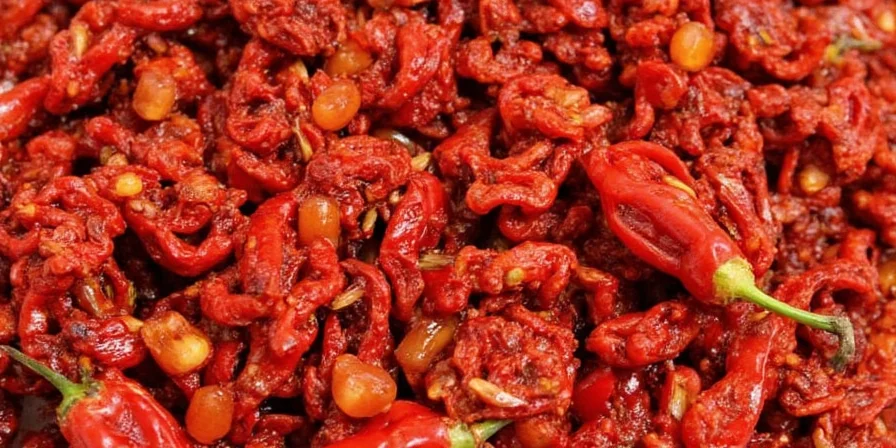









 浙公网安备
33010002000092号
浙公网安备
33010002000092号 浙B2-20120091-4
浙B2-20120091-4